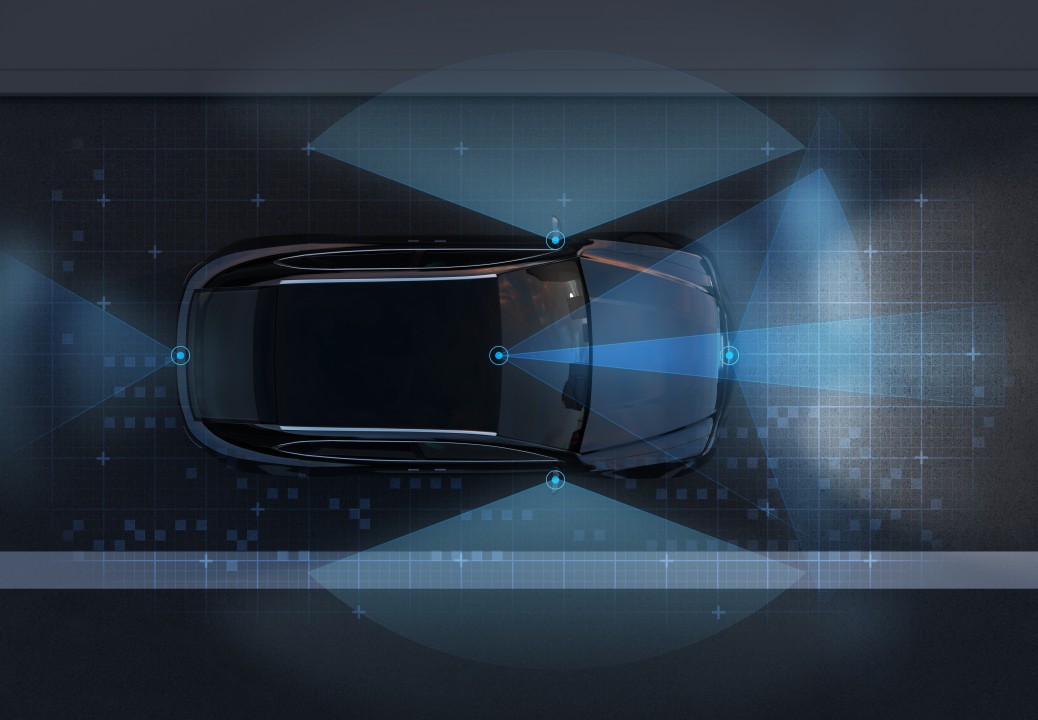
At the end of the day (or quarter), are all those amazing graphs and statistics on your sales software dashboards really making your sales reps more productive?
By way of analogy, think about the difference between a smart navigation system and an autonomous car. Waze, for instance, saves you time and helps you feel more confident behind the wheel. But it doesn’t steer for you or hit the brakes, does it?
This is a good way to depict the current state of sales tech.
Analytics-based solutions are everywhere – crunching mountains of data and helping you predict your funnel, predict quarterly performance, and determine which accounts are worth investing time in. The common thread among these tools is that they generate insights and recommendations that help the rep make decisions – but none are actually “driving” for the rep.
In fact, those fancy dashboards and data-driven recommendations often result in information overload for today’s SDRs. It’s like the driver of a car having so many gauges and control panels that she can’t see the road and enjoy the drive.
Sales Software Should Act on Its Own Advice
We’ve grown accustomed to our sales software prioritizing, ranking, and recommending the next step sales reps should take. But that’s passé.
In today’s SaaS environment, driven by big data and machine learning algorithms, sales software needs to go one step further and actually take autonomous decisions on behalf of the rep. This is where AI is a difference maker.
This type of autonomous decision-making is common, for example, in the ad tech space. Smart solutions continuously analyze digital marketing campaigns and prioritize them based on performance. Top-performing ads are displayed frequently while lower performing ones are paused. This process is completely automatic. Marketers define the desired thresholds and move on to the next campaign, rather than manually analyzing and adjusting the ones that have already been initiated.

How Can Self-Driving Software Help Your Sales Team?
Let’s look at some areas where AI-driven sales software can make a real difference for your sales development team.
- Prospecting – Surveys show that SDRs spend most of their time performing tedious research and manual data entry. These time-consuming tasks include mining data sources and building reliable lists. Outbound outreach, via any channel, becomes particularly frustrating when data is outdated or flaky. Software can assist here by cross-referencing data on multiple repositories to achieve maximal accuracy, and even adding a substitute phone number or alternative contact person when erroneous or outdated data is found.
- Deduping – Autonomous deduping can help SDRs avoid wasted efforts on irrelevant or duplicate prospects. For example, tools that automatically identify and remove existing opportunities or customers in the CRM from future outbound outreach. In this way, SDRs don’t have to check the status of an account or contact in the CRM before conducting a manual cold call or an automated outbound email.
- Outreach – A list of prospects is not enough – SDRs spend valuable time interacting and engaging them. AI-driven software can be used to segment audiences and adjust outreach to find the best path to engage each individual prospect – such as choosing the right mix of channels, sequence length, touchpoint format, content and timing.
- Follow-up – Closing the loop and promptly reacting to any kind of prospect engagement with a suitable action is key. Self-driving software can make autonomous decisions and take immediate actions. Using machine learning, AI dynamically adjusts timing and frequency of follow-ups based on the prospect’s profile, personal preferences and actual behavior.

Don’t Forget the Driver
Don’t get us wrong – the intent of a self-driving sales approach is not to replace the sales rep with a machine. There will always be a place for personal relationships and human interaction in the sales process. But the best results will be achieved by finding the right balance and letting each component do what it does best.
Machine learning and AI can be leveraged to take the manual grunt work off the SDR’s plate, so they can spend more time talking to and connecting with prospects on a personal and emotional level.
Rather than making mere recommendations, sales software can – and should – make decisions and take real actions that improve SDR performance and productivity. By automating key functions within the sales flow, self-driving solutions can warm your prospects to the point where they’re ready to receive a call. That’s where the driver takes control and the human elements of persuasion, negotiation and connection are needed to close the sale.



